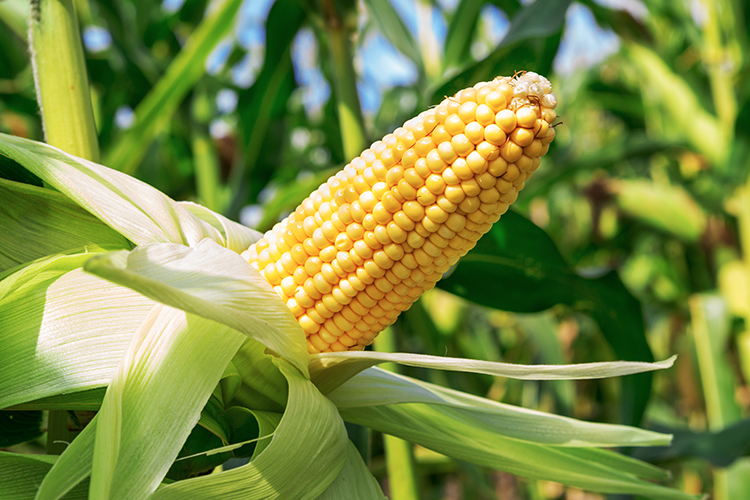Blog
Subsidised food and cardiometabolic syndrome
 We want to eat, and it is great when we can eat cheap.
We want to eat, and it is great when we can eat cheap.
But in some instances, saving pennies on produce can come at a cost.
In a recent review published in JAMA Internal Medicine, a correlation was made between highly subsidised foodstuffs, and increased risk of cardiometabolic syndrome – a collection of cardiovascular, renal, metabolic, prothrombotic, and inflammatory abnormalities that increase risk for conditions like heart disease and type 2 diabetes.1
More specifically, cardiometabolic syndrome can be characterised by increased:
- body mass index (BMI)
- ratio of waist circumference to height (an indicator of abdominal adiposity)
- levels of circulating C reactive protein
- blood pressure
- levels of non-high density lipoprotein cholesterol concentrations, and
- levels of glycated hemoglobin concentrations.2
So, using data on the diets of 10,308 individuals between the ages of 18 and 64, the researchers assessed intake of the 7 major food groups subsidised in the U.S. to see if high consumption correlated with increased levels of the cardiometabolic measures above.2
Those food groups receiving most government funding are corn, soybeans, wheat, rice, sorghum, dairy, and livestock.
And what did they find?
Overall, just over 50% of total energy was provided by food from one of the seven food categories above.
And those in the highest quartile for subsidised food consumption were associated with having a higher probability for cardiometabolic issues, presenting with increased BMI, waist to height ratio, inflammation, non-HDL cholesterol, and dysglycemia.
The individuals in this quartile also tended to be younger, less educated, more likely to smoke, less likely to exercise, and perhaps most importantly, poorer.
Nutrient dense vs nutrient poor foods
The researchers suggest that in light of these results, subsidising these foods may be a contributing factor for adverse health outcomes of a population, due to the “lower cost per calorie of unhealthier food and the higher cost per calorie of healthier food”.
So, perhaps government food subsidies should be directed elsewhere, making healthy whole foods more readily available to the whole population.
Much of the currently subsidised foods, you see, are destined for processed and packaged foods. Therein lies a big issue.
Corn or rice grown in good quality soil and eaten in moderate amounts should be fine. As can enjoying dairy and red meat that is grass-fed and raised ethically as part of a real, whole food diet.
But such foods are not always grown or raised to provide good quality food.
They provide kilojoules, sure, but nutrient value can be lacking, especially when consumed following a high amount of refining and processing (like white flour or hydrogenated vegetable oils) or as part of products that also contain trans-fats, added sugars, and artificial flavours and preservatives (like soft drinks, cookies, or many deli meats).
Although further research into the at matter is needed, perhaps providing subsidies to better quality, more nutrient dense foods, over the calorific cheaper options currently available can provide better health outcomes for all and assist (among other things) in alleviating the burden chronic diet and lifestyle related disease has on the healthcare system.2
Of course providing subsidies to health supportive foods, grown in a way that encourages good quality, nutrient-dense produce, is easier said than done. And it isn’t the only factor in increased risk for cardiometabolic syndrome.
But it does offer food for thought, and consideration that in the meantime, if possible, there are ways to eat healthy on a budget, and perhaps spending that little extra on real whole food over the processed packaged stuff may be worthwhile.
By Angela Johnson (BHSc Nut. Med.)
References:
- Castro, JP, El-Atat, FA, McFarlane, SI, Aneja, A, & Sowers, JR 2003, ‘Cardiometabolic syndrome: Pathophysiology and treatment’, Current Hypertension Reports, no. 5, p. 393.
- Siegel, KR, Bullard, KM, Imperatore, G, Kahn, HS, Stein, AD, Ali, MK, Narayan, KM, & McKeever Bullard, K 2016, ‘Association of Higher Consumption of Foods Derived From Subsidized Commodities With Adverse Cardiometabolic Risk Among US Adults’, JAMA Internal Medicine, vol. 176, no. 8, pp. 1124-1132.











